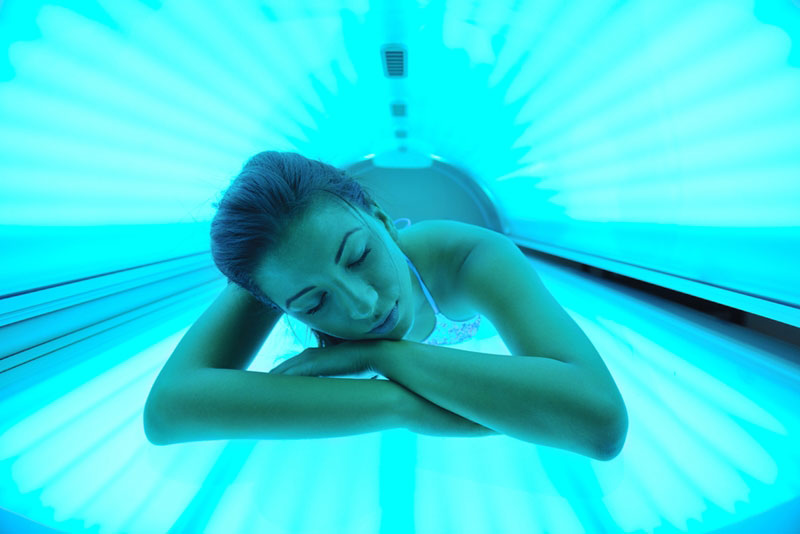So, you’ve decided to ditch the razor and pursue laser hair removal to tackle your fuzz. You’ll love the feeling of bare skin in areas that you didn’t even know could be so smooth. Overall, this method of hair removal is simple and requires minimal effort on your part, but there are some basic steps you should follow in preparation. Here’s what you need to do before you can experience the joys of permanent hair reduction.
Stop plucking and waxing
Once you decide to go with laser hair removal, it’s important to stop any other hair removal method that takes out hair at the root. Even just touching up stray hairs in between sessions could interfere with the hair growth cycle needed for an effective treatment. Laser hair removal works by destroying hair follicles below the skin’s surface, so by removing them beforehand, there’s nothing for the laser to target. Instead, opt for shaving in between sessions to keep hair out of sight, yet still visible to the laser.
Shave 24-48 hours before treatment
One of the best parts about laser hair removal is that it doesn’t require visible hair growth in the treatment area. You can continue to shave in between sessions, and that’s something that can’t be done when you’re waxing. Within 24 hours of your session, you should be sure to shave the area, as this will leave just enough hair visible to the laser. Even though it won’t be visible to you, the laser will still be able to target the follicle, and you can reduce your risk of burns by keeping hair below the skin’s surface. When hair is above it, the laser will target that as well, and that could cause you to experience discomfort.

Refrain from tanning
The U.S. Food and Drug Administration noted that tanning can cause skin cancer, as well as eye damage, premature aging and immune system suppression. Not only is UV exposure damaging in these aspects, but it can also interfere with your laser hair removal treatment. The laser targets the pigment of your hair follicles, which means extra melanin in your skin from a tan can make it tricky to distinguish hair from skin. This is why it’s also important to stop using tanning lotions and creams in the treatment area. Anything that changes the pigment of your skin should be avoided while undergoing treatment. Fortunately, once you complete all of your sessions, you’ll have bare, smooth skin that lasts so much longer than a temporary tan.
“Tell your treatment provider if you’re taking any medications.”
Use caution with certain medications
Some medications can interfere with laser hair removal or make your skin more sensitive to treatment. This doesn’t mean you need to stop taking medication or refuse what your doctor prescribes, but it’s important to inform the medical or healthcare professional performing your laser hair removal treatment of anything you’ve recently taken. For example, antibiotics and topical products that contain Retinol and other substances can affect your session. It’s best to err on the side of caution and communicate any medications with your treatment provider, and also notify your doctor that you’re beginning hair removal treatments.
These are just some of the medications that may interfere with your treatment:
- Birth control
- Anti-inflammatory drugs
- Photosensitizing medications
- Hormone treatments
- Acne medications.





































